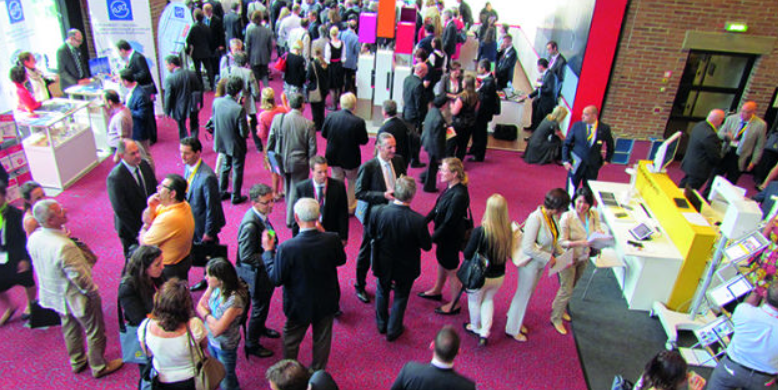
International CI Conference in Munich: The cochlear implant is coming of age
After a 27-year hiatus, an event has once again been held in Germany, in the Bavarian capital Munich, last June. In the Kultur- und Bildungszentrum Gasteig (Centre of Culture and Education Gasteig) in Munich, Professor Joachim Müller, Congress Chair, welcomed more than 2,600 medical professionals and technicians from 97 countries to the ‘13th International Conference on Cochlear Implants and other implantable auditory technology.’ And participants were really offered everything. It was a scientific congress on a grand scale with numerous innovations and three award ceremonies.
When almost exactly 30 years ago Hanna Herman, editor and co-founder of the scientific magazine Schnecke (Snail), received a cochlear implant, the majority of specialists considered the restoration of a human sensory organ to be unlikely. Nevertheless, about three years later a few ENT specialists met in Düren, a small town in North Rhine-Westphalia, to discuss the problems, perspectives and experiences in CI surgery. The meeting, already entitled ‘International Conference on Cochlear Implants and other implantable auditory technology” in 1987, was an international event even at that time. The reason for this is obvious: The CI community was too small and too widely scattered; its members could not dispense with an exchange of experience on a supranational level. This pioneer work has been paying off. Not only because the 13th ‘International Conference on Cochlear Implants and on Other Implantable Auditory Technology’, which usually takes place every four years, was held in the Kultur- und Bildungszentrum Gasteig (Centre for Culture and Education Gasteig) in Munich this time. No, the real reason is that the CI is finally coming of age. The congress lasted from 18th to 21st June and took place on the premises of the Gasteig Hospital, which comprise about 23,000 square metres and are also home to the Munich Philharmonic Orchestra, among others. Participants could witness an industry spectacle they are not likely to forget soon.
 Send Email
Send Email ihgvsngfanvdfn45
ihgvsngfanvdfn45